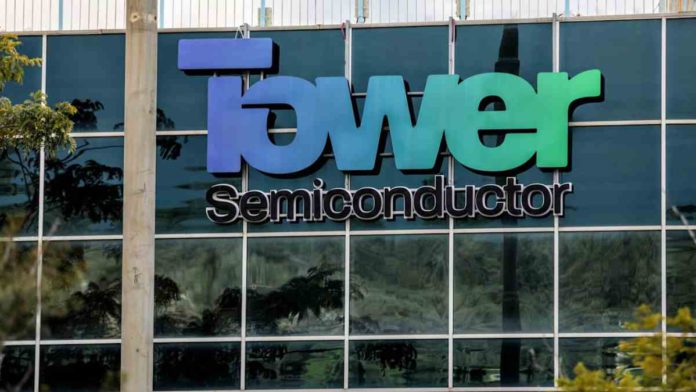The generative AI digital assistant Zoom AI Companion, formerly known as Zoom IQ, has been made available to users of Zoom’s subscription services at no extra cost, according to a blog from Zoom Video Communications.
The introduction of AI Companion supports Zoom‘s mission to enable limitless human interaction on a single platform, enabling individuals to be more productive, develop new skills, and work more effectively in teams. Zoom’s federated AI method reduces costs while producing high-quality results by dynamically combining its own large language models with those from outside language models with those from outside sources like Meta Llama 2, OpenAI, and Anthropic.
Based on this exclusive approach, Zoom AI Companion offers strong, real-time digital assistant capabilities to aid users. Customers of Zoom can anticipate the presence of AI Companion across the entire platform, including Meetings, Team Chat, Phone, Email, and Whiteboard.
Read More: UK to Invest £100m in AI Chips Production Amid Global Competition
Users of Zoom Meetings can review summaries and next steps more quickly, watch recordings faster through highlights and smart chapters, and catch up on missed meetings with AI companion. Users can also save time by composing responses in Zoom Team discussion by using AI Companion, which enables them to quickly write answers based on the context of a discussion thread and to alter tone and length.
Users of Zoom Whiteboard will be able to use their whiteboard content to make visuals and fill in blank whiteboard templates, and AI Companion will assist them in producing and categorizing ideas. Additionally, Zoom Mail users will have access to additional email ideas starting in the early fall. They also will be able to add meeting summaries to Zoom Notes and summarize meetings by the spring of 2024.











